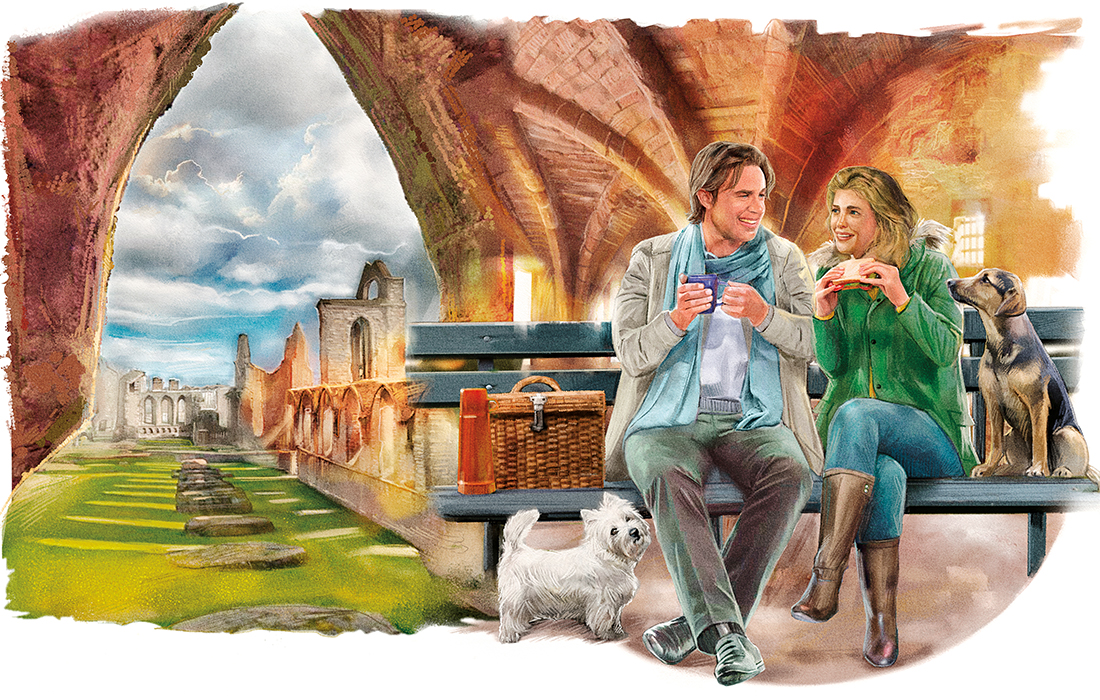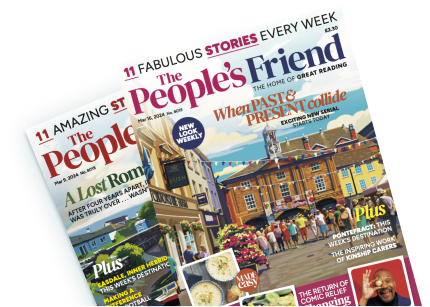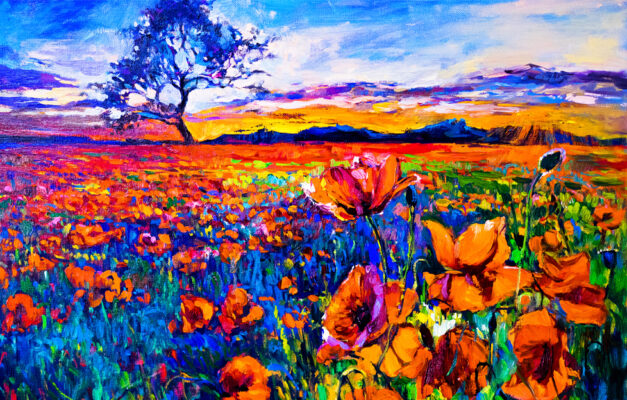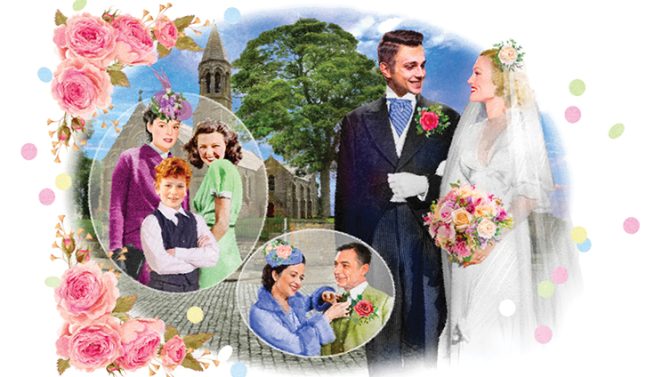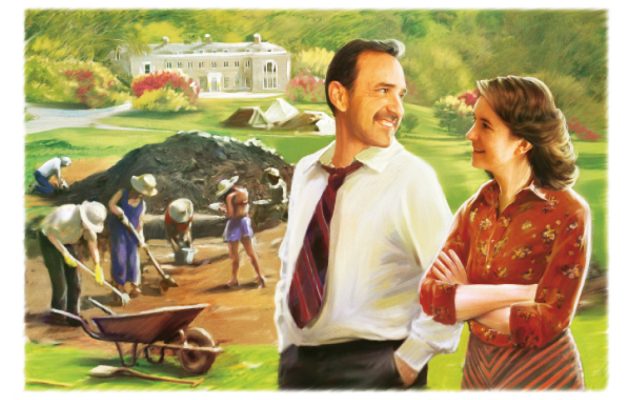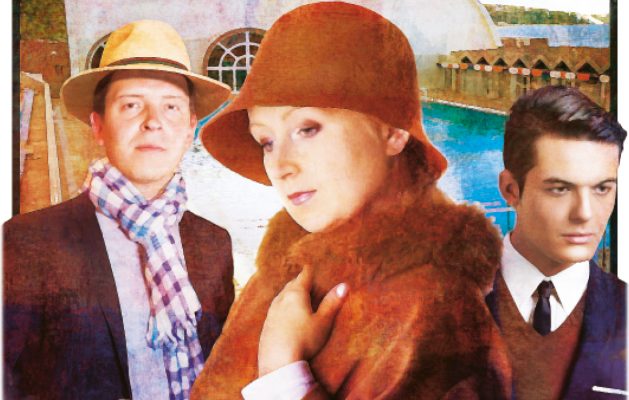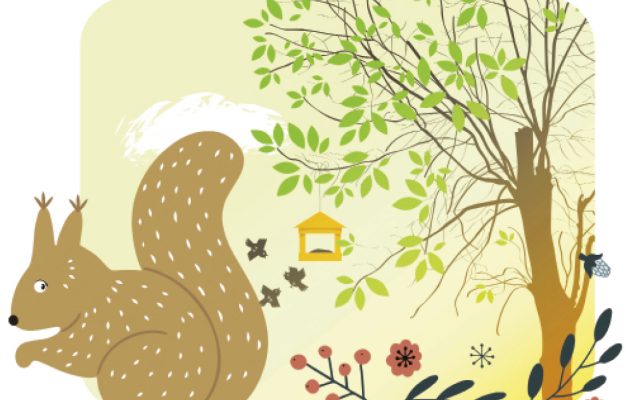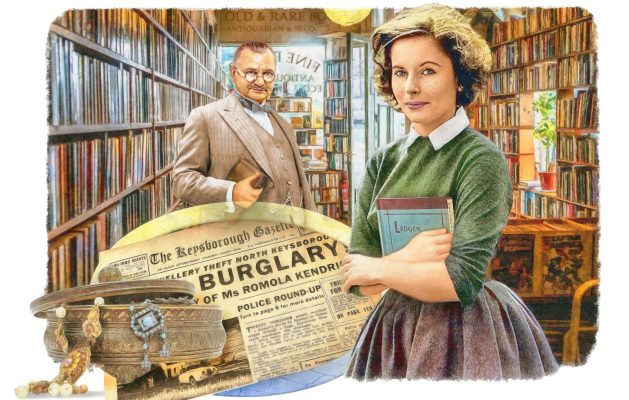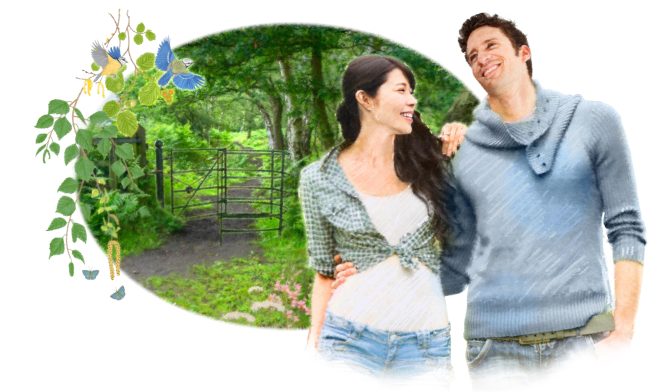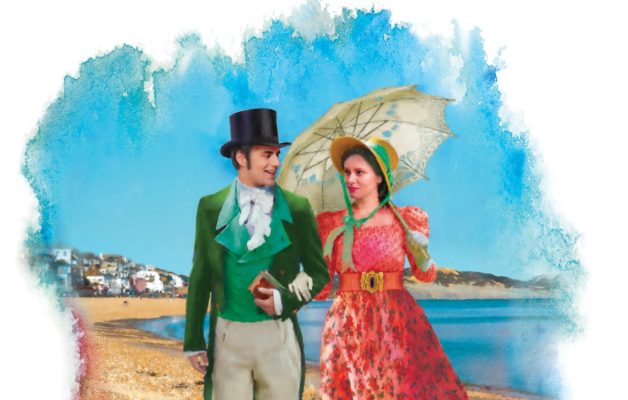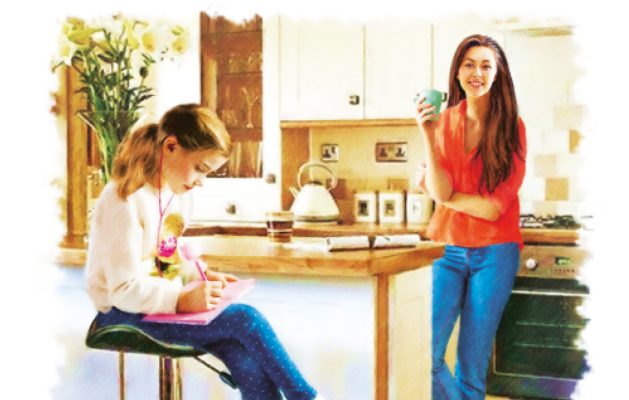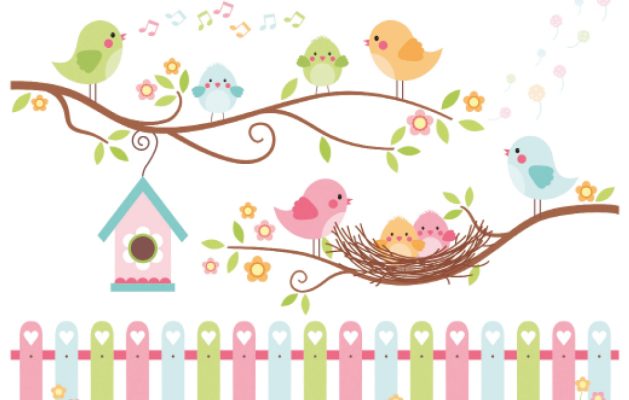There’s Always Tomorrow – Episode 28
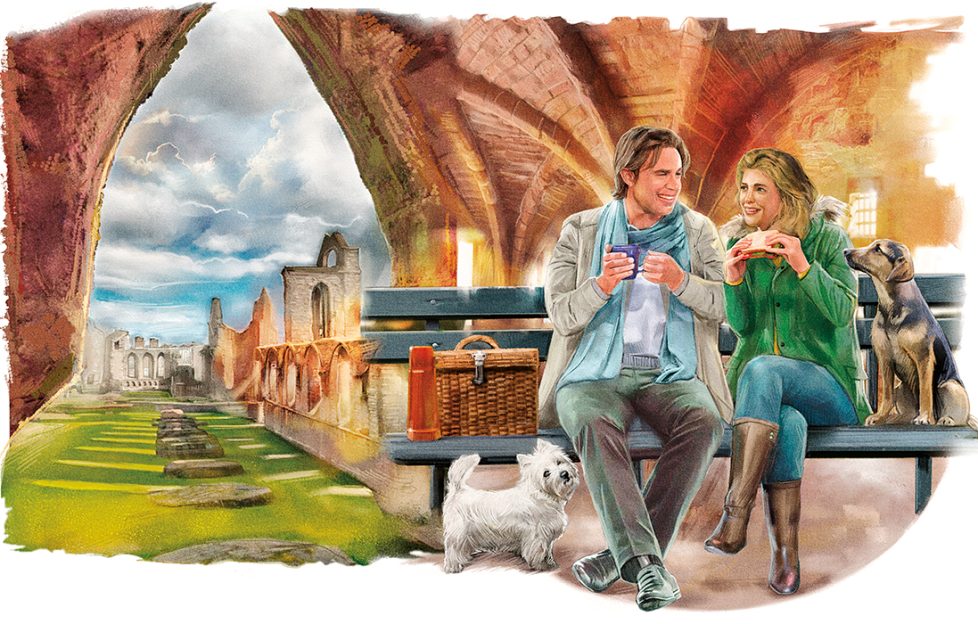
There's Always Tomorrow by Mark Neilson
« Previous Post- 1. There’s Always Tomorrow – Episode 01
- 1. There’s Always Tomorrow – Episode 28
While they were driving home for their afternoon duties in the community shop, Helen turned to Larry.
“You haven’t been out painting recently, have you?”
“I’ve been too busy giving you the grand tour, I’m afraid, and working in Lorna’s shop.”
“Our shop,” Helen corrected him.
She turned off the main road at Benholm on to the now familiar narrow road.
“I’ve never seen your paintings. I’ve only seen that first sketch you did of the sky.”
Larry flashed a quick look in her direction.
“If you’ve seen one, you’ve seen them all.”
“I’m still curious. Please?”
He didn’t reply until they were parked outside the cottages.
“They’re beginner’s stuff,” Larry warned her. “All about making mistakes and learning from them, then trying to do it better the next time.”
“There’s always tomorrow.” She quoted his own mantra back to him.
“Exactly,” he agreed. “It’s a reference collection, and has no value in itself. It would be embarrassing to have someone else look through it.”
“Even me?” Helen asked quietly.
He stood, frowning.
“OK,” Larry finally said. “But they’re pretty worthless.”
“Let me be the judge of that,” she insisted. “Give me a minute while I feed the dogs.”
“And cats.”
She sighed.
“If they’re hungry, those old moggies will have used their claws like a can opener on the fridge’s door.
“They’ve been fed already – not that they will remember. Five minutes, then I’ll be back.”
“I’ll put the kettle on.” Larry smiled.
When Helen arrived, he handed her a mug of tea and began to climb the stairs.
“I use the back bedroom,” he said. “It faces north and has good neutral light.”
He climbed the steps one at a time, she noted – his only concession to the prosthetic limb.
Leading her across the landing, Larry opened the bedroom door and stepped back.
“It’s all yours,” he said. “Feel free to look, but don’t touch the ones under the sheets at the far end of the room.”
“Come with me,” Helen suggested. “I might need a local guide.”
Larry followed her reluctantly.
“Don’t laugh,” he said.
“As if I’d do that,” Helen replied. “Have trust in your own ability.”
“That’s just it.” Larry sighed. “I know how limited that ability is.”
Helen looked around. It was a typical artist’s studio.
There was an easel set up at right angles to the window, holding a sheet of thick art paper pinned to a larger board.
There was a table at the easel’s side, covered in jars holding paintbrushes, and an artist’s palette propped against the table leg, its surface a rainbow of colours from paints squeezed out to be mixed.
Helen walked slowly to the painting on the easel. She recognised immediately a more formal version of the scene he had been sketching when she’d met him that first day.
As before, the gentle swell of the field and the sharp angle of the trees to the right were dark and almost in silhouette.
But now, the small stream which ran down the side of the field was alive with shades of light, as its rapids and pools reflected the sky.
The sky that filled the painting was vast, distant and ethereal as the changing cloud patterns drifted across the few ragged patches of blue.
“I love this painting,” Helen whispered.
“Then it’s yours.” Larry smiled.
“No. I couldn’t possibly. Show me more, please.”
“OK, I’ll show you some of the watercolours,” he told her. “But watercolours are the most difficult medium of all.
“Yes, you can fill in shapes with colour, but you can seldom get either the exact colour you’re looking for, or the texture to bring that colour into life.
“Unless you’re an expert, and I’m not one.”
He picked out two or three of the paintings.
To Helen, they all looked superb: grey skies with variations in density and patterns of clouds, and blue skies of every conceivable shade.
“They’re all brilliant,” she said quietly. “Whatever you say.”
She looked down at the tell-tale artist’s palette.
“But what about your oil paintings?” Helen asked.
“Just more of the same,” Larry replied.
“Can I see them, please?”
He hesitated, then walked over to the far wall.
He drew out a painting of the sky above rocks and the sunlight blazing through both sea and sky.
“It’s derivative,” Larry said. “Imitating Joan Eardley – or trying to. Oil’s easier to work with, because you can use thickness and brush strokes to hint at movement or depth.”
Helen gasped. It was such a strong piece of work. The raw whirls of light and movement were almost overpowering.
“That’s even better than the first,” she said.
Larry shook his head.
“It’s copying someone else’s work. Trying to learn from it.”
“What about the others propped up under the sheets?” she asked.
“You don’t want to know.”
Helen hesitated. Push too hard and she could damage everything.
